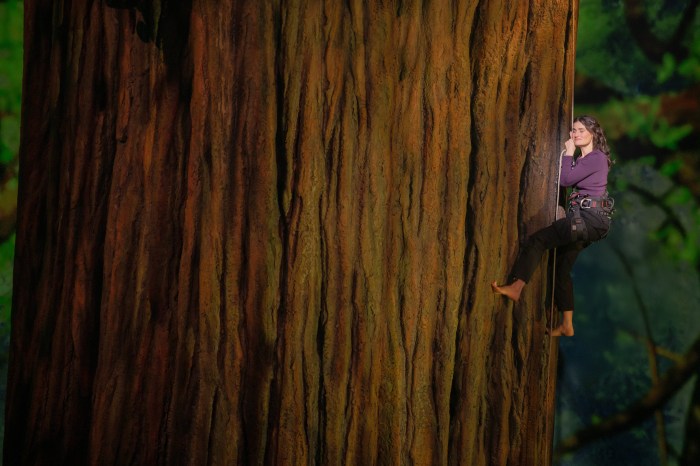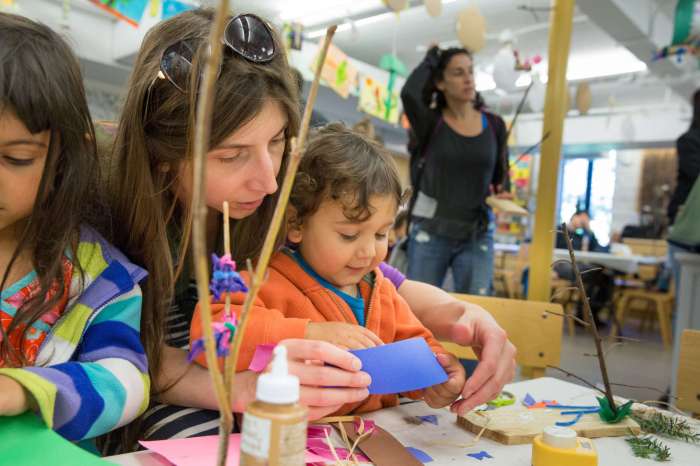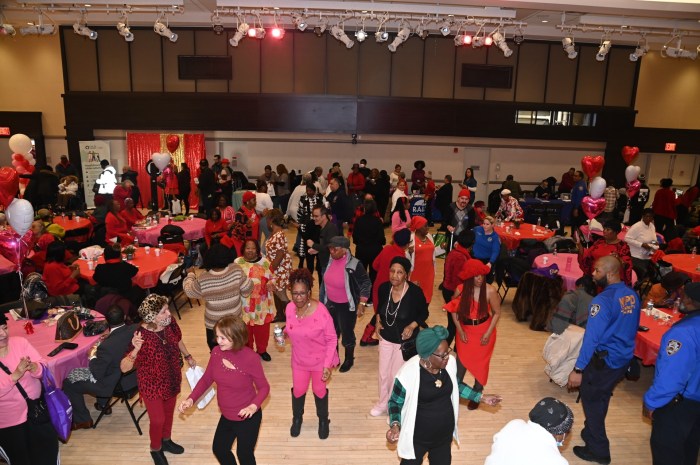Should we be excited or concerned about Broadway’s unbelievably jam-packed spring season? Probably both.
Eighteen shows are currently slated to open on Broadway between now and the end of April, the cutoff for consideration for this year’s Tony Awards. Last week, the number of shows was 19, but then the producers of “My Son’s A Queer (But What Can You Do?,”” which was on the verge of beginning previews at the Lyceum Theatre, announced that the one-person comedy would be postponed to next season.
In alphabetical order, the 18 shows (which include new and revived plays and musicals, adaptations of books and films, original works, star-vehicles, classics, and transfers from London, Off-Broadway and even a national tour) include “Cabaret,” “Doubt,” “An Enemy of the People,” “The Great Gatsby,” “The Heart of Rock and Roll,” “Hell’s Kitchen,” “Lempicka,” “Mary Jane,” “Mother Play,” “the Notebook,” “The Outsiders,” “Patriots,” “Stereophonic,” “Suffs,” “Uncle Vanya,” “Water for Elephants,” “The Who’s Tommy,” and “The Wiz.” (I will save the traditional spring preview article describing each show for another day.)
Given that there are 41 Broadway theaters, the number of shows on Broadway will essentially double over the course of just a few weeks.
On top of all that, it was just announced that Branden Jacobs-Jenkins’ dark family comedy “Appropriate” will transfer to the Belasco Theatre (where “How to Dance in Ohio” just closed) for a 13-week run beginning March 25 following the end of its current run at the Hayes Theater (which is operated by the nonprofit Second Stage).
It is not unusual for an overwhelming number of shows to open in the spring, with many closing at great financial loss immediately afterwards. In fact, that is the standard practice on Broadway. However, this year, more people are expressing alarm because not only is the number of shows even larger than usual, but it is common knowledge that Broadway is still in financial recovery mode following the pandemic shutdown and box office grosses have cumulatively not returned to pre-pandemic numbers.
Like many, I feel conflicted. On the one hand, the Broadway theater district will be bursting at the seams with activity (at least until some of those shows call it quits and post closing notices), offering employment to theater artists and connected businesses and diverse and exciting choices for theatergoers, who may even be inspired by one show to check out another show or two.
The producers, investors and companies behind these new productions know (or at least should know) the financial risks involved. Before the pandemic, it was a rule of thumb that four out of five Broadway shows did not make back their initial investment costs. Perhaps some will get cold feet and postpone or cancel a show’s run, as in the case of “My Son’s A Queer (But What Can You Do?).”
Let’s also not forget about all of the Off-Broadway and Off-Off-Broadway companies that are mounting shows simultaneously, which are generally in worse shape financially than their commercial counterparts.
My main concern about the spring season is whether huge financial losses sustained by many shows at once could have a destabilizing effect going forward, leading to a decline in the number of shows that are produced on Broadway going forward. However, in spite of the current post-pandemic turbulence, the current activity is indicative of what spring seasons have long been like, and shows still get produced despite rising costs and huge losses sustained by many investors .
Even if it is unsustainable and unrealistic to open so many shows at once, this has happened before and, more likely than not, will happen again next year.




































